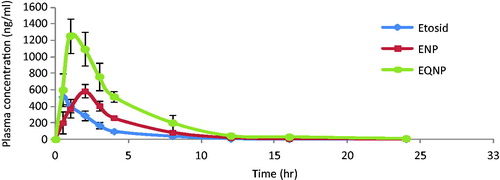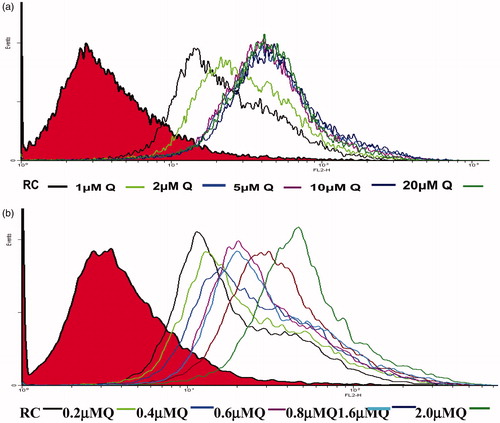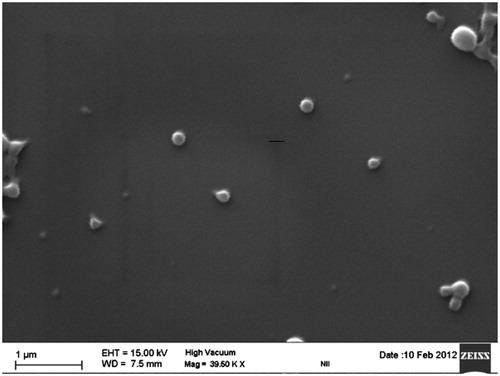Figures & data
Table 1. The optimization parameters and different levels.
Table 2. Compositions of different formulations by Taguchi orthogonal array and respective S/N ratio.
Table 3. Average S/N ratio to different levels of different parameters.
Figure 2. Size and shape analysis of optimized formulation (EQNP): (a) dynamic light scattering report and (b) transmission electron microscopy photograph.
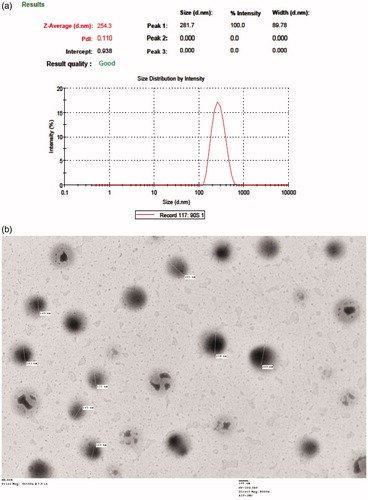
Figure 4. Release profile of (a) etoposide from suspension and nanoparticle (ENP); (b) quercetin from suspension and nanoparticle (QNP) and (c) etoposide and quercetin from EQNP (n = 3).

Figure 5. Comparative % cell death at same concentration (10 μM) of different nanoparticles with free etoposide (where, Efree is free etoposide suspension, ENP is etoposide nanoparticles, EQNP is etoposide and quercetin dual loaded nanoparticles, DNP is dummy nanoparticles and QNP is quercetin loaded nanoparticles).

Table 4. IC50 values of different formulations.
Figure 6. Comparative dot plot analysis of uptake of rhodamine-B particles (RP) and rhodamine and quercetin dual-loaded particles (RPQ) in MCF-7 cells. C = control cells.
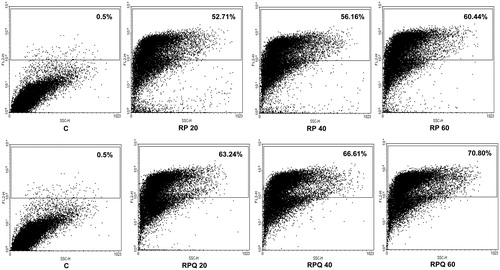
Figure 7. Confocal laser scanning microscopic pictures of intestine treated with (a) rhodamine-B solution, (b) nanoparticles containing rhodamine-B and (c) dual-loaded nanoparticles containing rhodamine-B and quercetin.
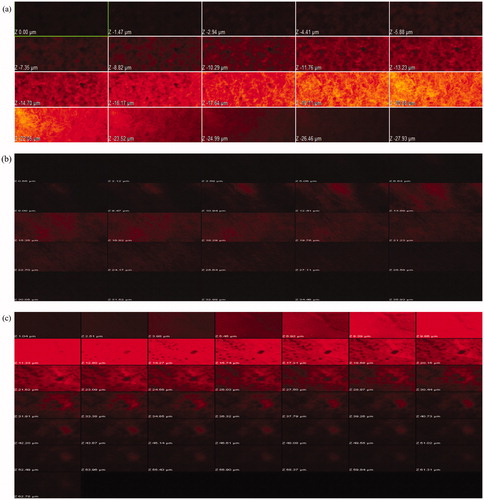
Figure 8. Plasma time profile of etoposide from etosid, etoposide-loaded nanoparticle (ENP) and etoposide–quercetin dual-loaded nanoparticle (EQNP).
